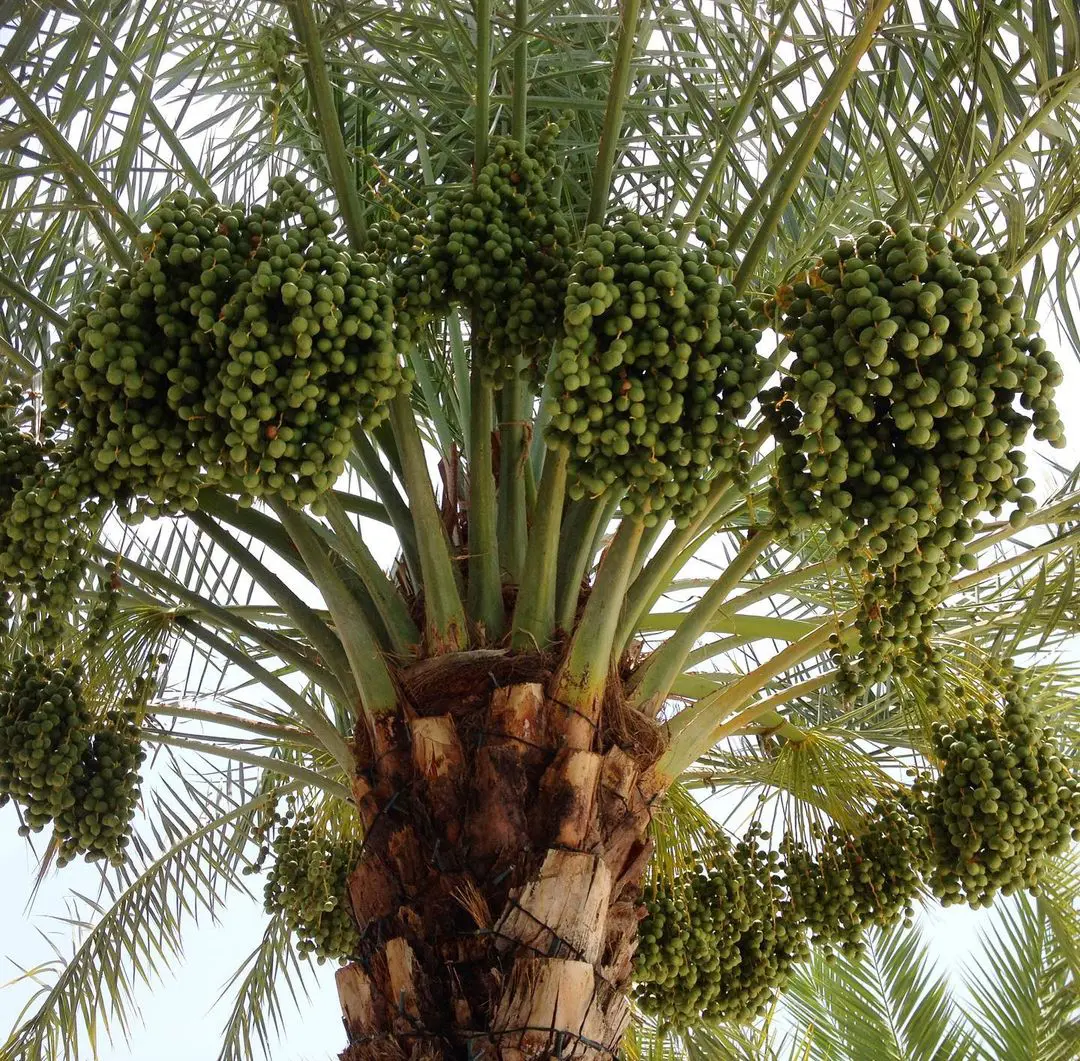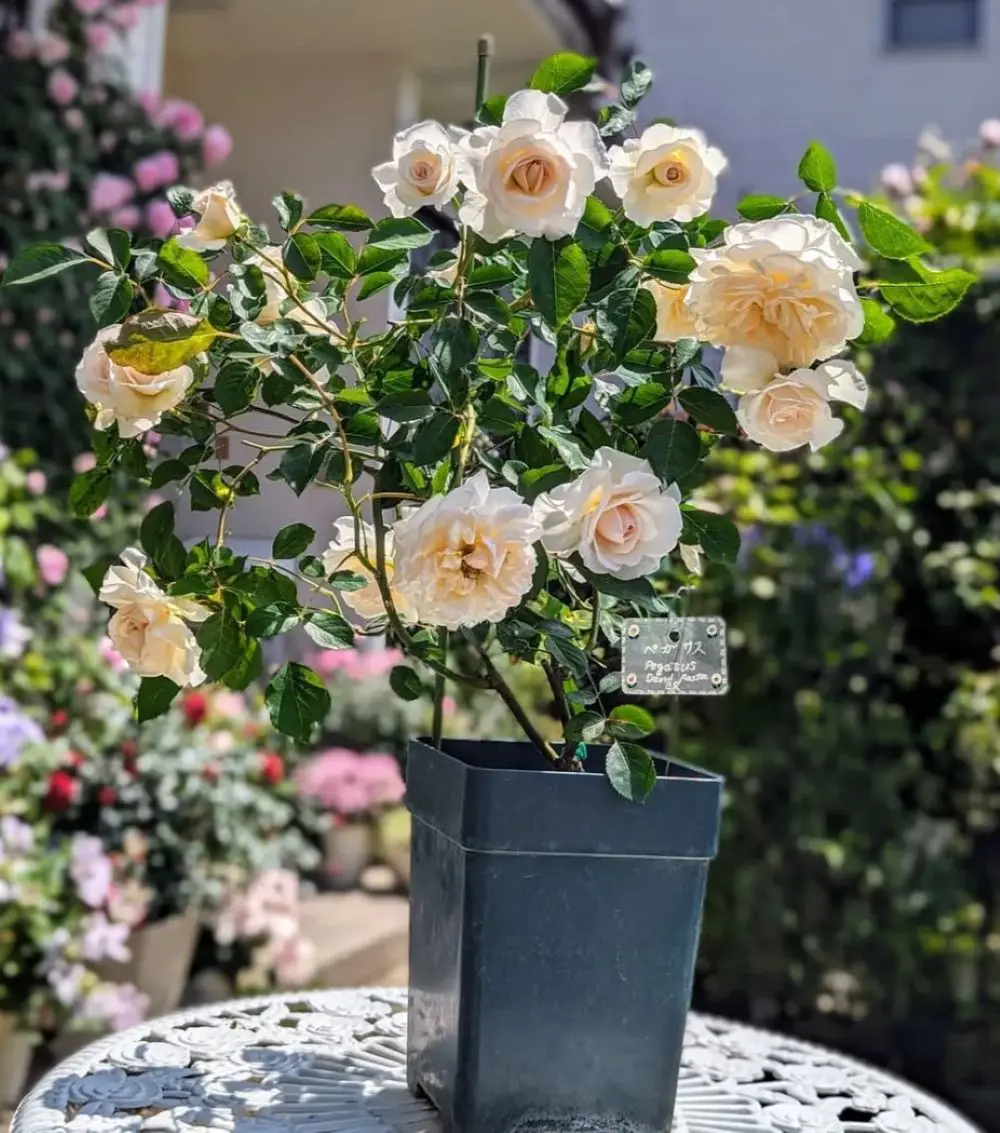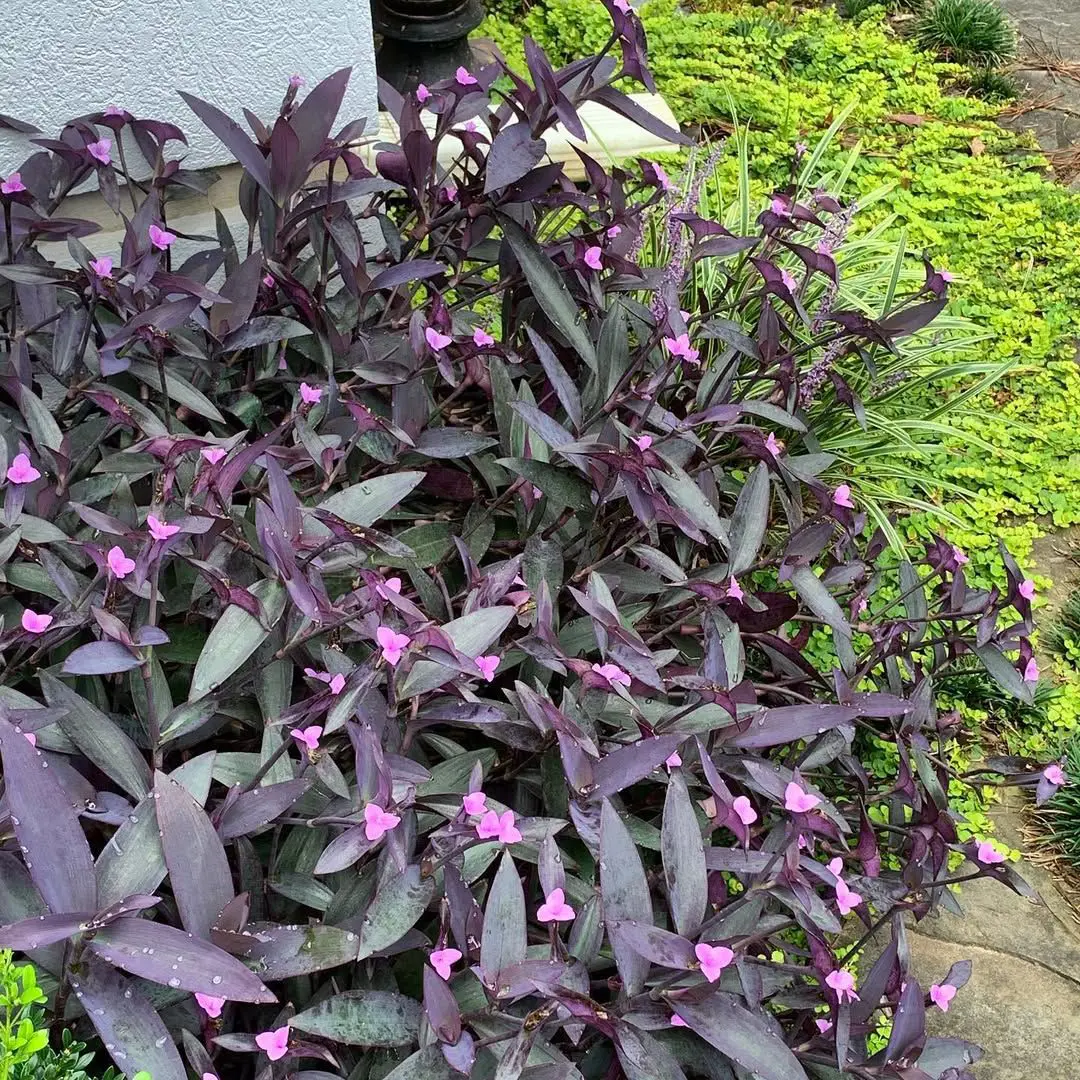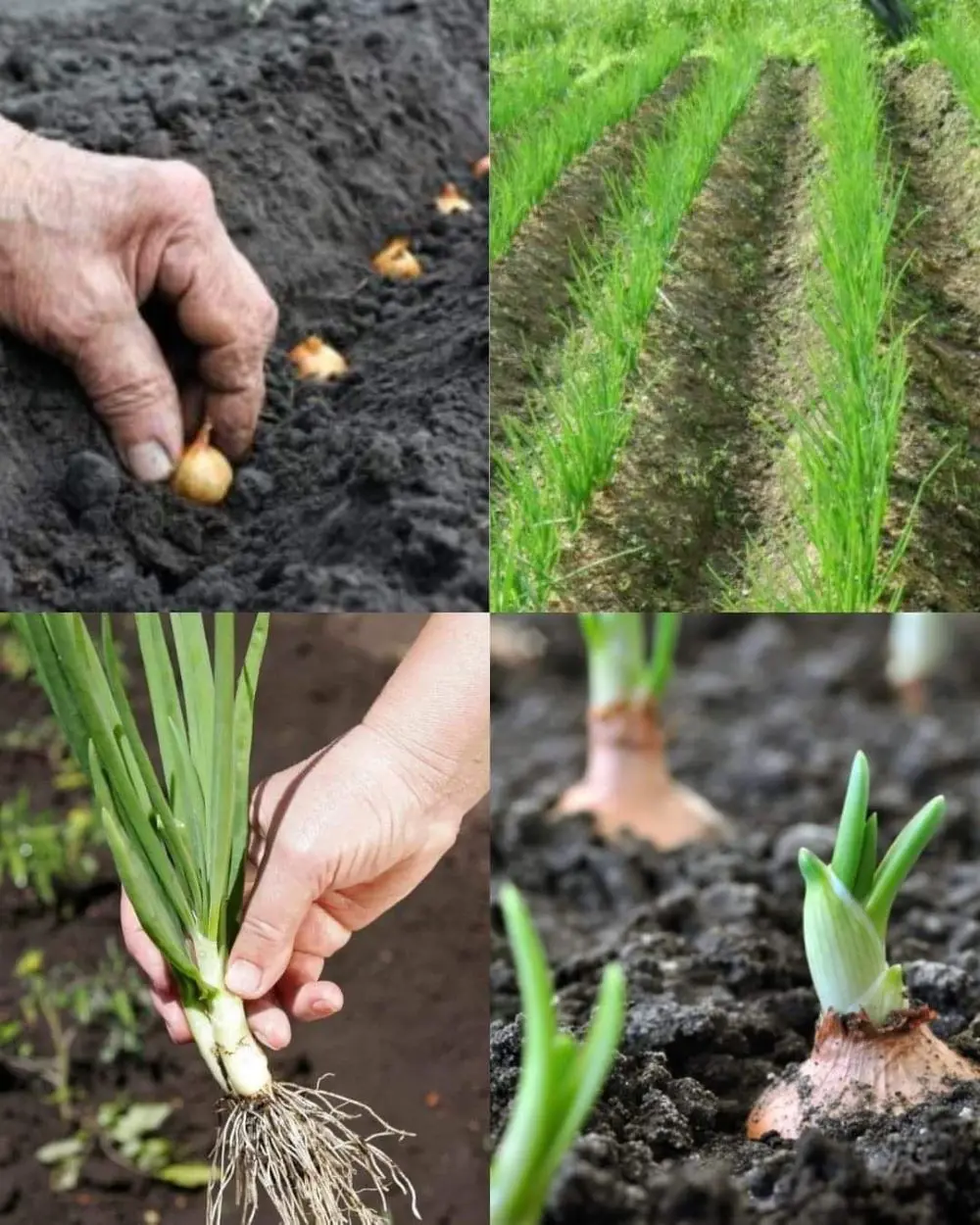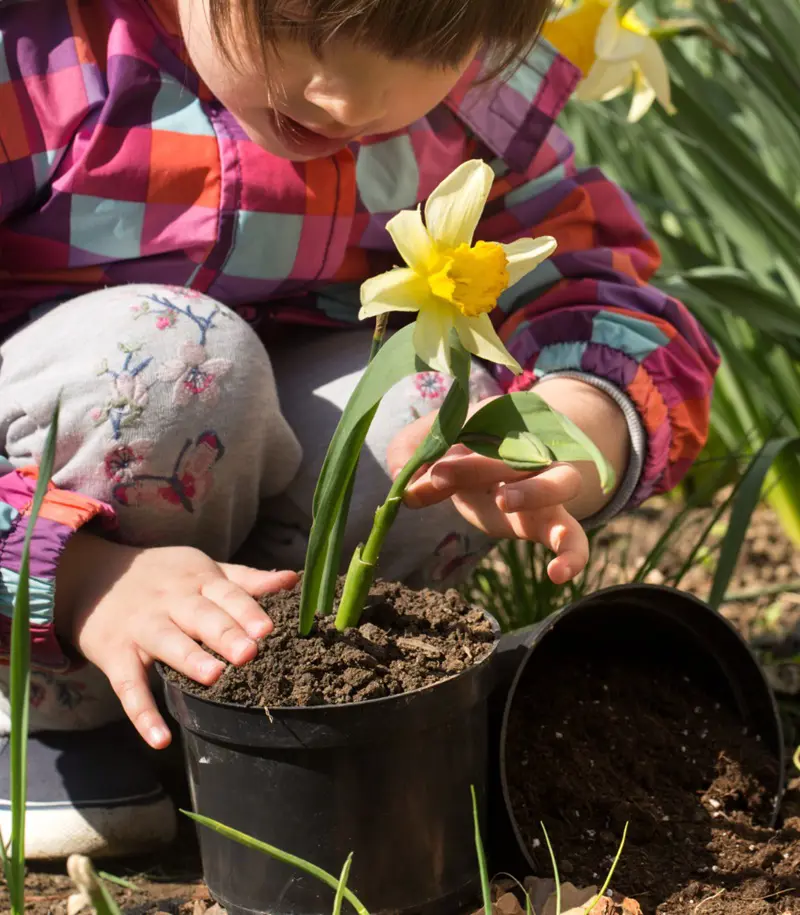Date palms (Phoenix dactylifera) are iconic trees known for their sweet fruit and majestic presence. Growing dates in your garden can be a rewarding experience, providing both aesthetic beauty and delicious fruit.
This comprehensive guide covers everything you need to know about cultivating date palms, from planting and care to harvesting and propagating. Let’s dive into the details of growing these tropical treasures.
Planting Dates
Choosing the Right Location
Date palms thrive in hot, arid climates and require plenty of sunlight. Choose a location in your garden that receives at least 6-8 hours of direct sunlight daily. The soil should be well-draining to prevent root rot.
Soil Preparation
Prepare the soil by incorporating organic matter such as compost or aged manure. This will improve soil fertility and drainage. Dates prefer slightly alkaline to neutral soil with a pH between 7.0 and 8.0.
Planting Procedure
- Digging the Hole: Dig a hole twice the width of the root ball and as deep as the root system.
- Placing the Plant: Place the date palm in the hole, ensuring that the root ball is level with the ground surface.
- Backfilling: Backfill the hole with soil, firming it gently around the roots.
- Watering: Water the plant thoroughly to help settle the soil and eliminate air pockets.
Date Plant Care
Watering
Date palms are drought-tolerant but young plants need regular watering. Water the newly planted tree deeply and regularly for the first year. Once established, reduce the frequency of watering, allowing the soil to dry out between sessions.
Fertilization
Fertilize date palms with a balanced fertilizer, such as 8-8-8 or 10-10-10, in the spring and fall. Supplement with micronutrients like magnesium and manganese if deficiencies are noted.
Mulching
Apply a layer of mulch around the base of the tree to conserve moisture, suppress weeds, and regulate soil temperature. Keep the mulch a few inches away from the trunk to prevent rot.

Growing Date in Pots
Selecting a Container
Choose a large, deep container with drainage holes. Date palms have extensive root systems that require ample space.
Potting Mix
Use a well-draining potting mix, preferably one designed for cacti and succulents. This type of soil mix will prevent waterlogged roots.
Potting Procedure
- Planting: Place the date palm in the pot, ensuring the root ball is at the same level it was in the previous container.
- Watering: Water thoroughly after planting and allow the soil to dry out between watering sessions.
Moving Indoors
In colder climates, date palms can be grown indoors. Place them near a south-facing window where they can receive maximum sunlight.
Pruning Dates
Purpose
Pruning helps maintain the health and appearance of the date palm. It involves removing dead or damaged fronds and any suckers that may develop at the base of the tree.
Procedure
- Tools: Use sharp, clean pruning shears or a saw.
- Technique: Cut fronds close to the trunk but avoid damaging the trunk itself. Remove only the brown, dead fronds, leaving the green ones intact.
- Frequency: Prune annually or as needed to keep the tree tidy and healthy.
Propagating Dates
Offshoots
Date palms produce offshoots, also known as pups, which can be used for propagation.
- Selecting Offshoots: Choose offshoots that are at least 3-4 years old and have a well-developed root system.
- Separating Offshoots: Carefully dig around the base of the offshoot to expose the roots. Cut the offshoot away from the parent plant with a sharp knife.
- Planting: Plant the offshoot in a prepared hole or container, following the same planting procedure as for mature trees.
Growing From Seeds
Growing date palms from seeds is a lengthy process but can be rewarding.
- Seed Preparation: Soak date seeds in warm water for 24-48 hours to soften the hard outer shell.
- Planting: Plant the seeds in a pot filled with a well-draining potting mix. Place the seeds about 1 inch deep.
- Germination: Keep the soil moist and place the pot in a warm, sunny location. Germination can take several weeks to a few months.
Overwintering
Outdoor Plants
In regions with mild winters, date palms can remain outdoors. Protect the tree by applying a thick layer of mulch around the base and covering it with frost cloth during cold spells.
Indoor Plants
For potted date palms, move them indoors before the first frost. Place them in a sunny location and reduce watering to prevent root rot during the dormant period.
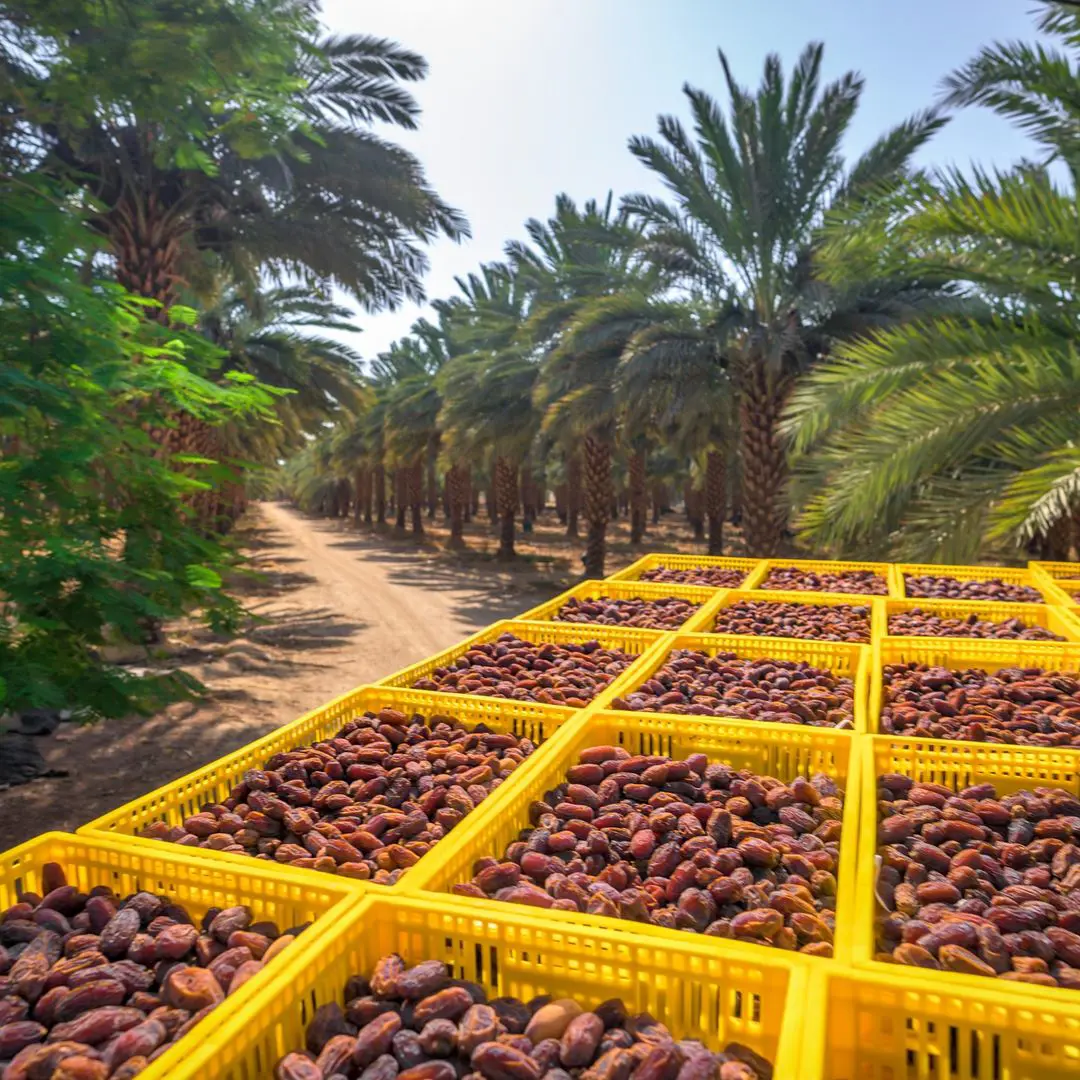
Types of Dates
Date palms produce a variety of date types, each with its unique flavor, texture, and appearance. Here are some of the most popular and widely cultivated types of dates:
1. Medjool
Description: Known as the "King of Dates," Medjool dates are large, plump, and have a rich, caramel-like flavor with a soft, chewy texture. They are often considered the premium variety due to their size and sweetness.
Uses: Medjool dates are excellent for snacking, stuffing with nuts or cheese, and using in desserts. They are also a popular choice for making date paste and natural sweeteners.
2. Deglet Noor
Description: Deglet Noor dates are semi-dry and have a sweet, delicate flavor with a slightly firm texture. They are smaller and lighter in color compared to Medjool dates.
Uses: This variety is versatile and commonly used in baking, cooking, and salads. They are also popular for their long shelf life and are often used in commercial date products.
3. Barhi
Description: Barhi dates are small, round, and have a soft, tender flesh with a rich, honey-like flavor. They are typically yellow when fresh and turn golden-brown as they ripen.
Uses: Barhi dates are enjoyed fresh, dried, or semi-dry. They are often eaten as a snack and can be used in desserts and baking.
4. Halawy
Description: Halawy dates are medium-sized, soft, and have a sweet, caramel-like flavor. The flesh is tender and melts in the mouth, making them a favorite for many date enthusiasts.
Uses: Halawy dates are great for eating fresh or dried. They can be used in a variety of culinary applications, including baking and making date-based spreads.
5. Zahidi
Description: Zahidi dates are semi-dry and have a firm texture with a nutty, less sweet flavor compared to other varieties. They are medium-sized and have a golden-brown color.
Uses: Zahidi dates are often used in cooking and baking due to their lower sweetness and firmer texture. They are also used to make date sugar and other date-based products.
6. Ajwa
Description: Ajwa dates are small to medium-sized, dark brown to black, and have a soft, slightly dry texture with a mild sweetness. They are particularly prized for their unique taste and cultural significance.
Uses: Ajwa dates are often consumed fresh and are valued for their health benefits. They are also used in traditional Middle Eastern dishes and desserts.
7. Khadrawy
Description: Khadrawy dates are soft, moist, and have a rich, sweet flavor. They are medium-sized with a reddish-brown color and a smooth, creamy texture.
Uses: These dates are best enjoyed fresh and are perfect for snacking. They can also be used in making date paste and sweet treats.
8. Sukkary
Description: Sukkary dates are known for their exceptional sweetness and soft, buttery texture. They are light to dark brown in color and often considered a delicacy.
Uses: Sukkary dates are ideal for fresh consumption due to their high sweetness. They are also used in making desserts and sweet confections.
9. Thoory
Description: Thoory dates, also known as the "bread date," have a dry, firm texture with a sweet, nutty flavor. They are medium to large in size and have a reddish-brown color.
Uses: Thoory dates are often used in baking and cooking, especially in bread and pastries due to their dry texture. They are also enjoyed as a snack.
10. Dayri
Description: Dayri dates are soft, sweet, and have a smooth, creamy texture. They are medium to large in size with a dark brown to black color.
Uses: These dates are perfect for fresh consumption and can be used in a variety of culinary applications, including desserts and smoothies.
11. Honey Dates
Description: As the name suggests, Honey dates are incredibly sweet and have a soft, syrupy texture. They are small to medium-sized with a golden-brown color.
Uses: Honey dates are best enjoyed fresh as a sweet treat. They can also be used to sweeten dishes and make date syrup.
12. Khenaizi
Description: Khenaizi dates are medium-sized with a sweet, rich flavor and a slightly chewy texture. They are dark brown and often have a wrinkled appearance.
Uses: These dates are commonly enjoyed fresh and are also used in baking and making date-based products.
13. Safawi
Description: Safawi dates are medium to large, dark brown to black, and have a soft, moist texture with a rich, sweet flavor. They are known for their high nutritional value.
Uses: Safawi dates are often consumed fresh and are popular in traditional Middle Eastern cuisine. They are also used in making health foods and natural sweeteners.
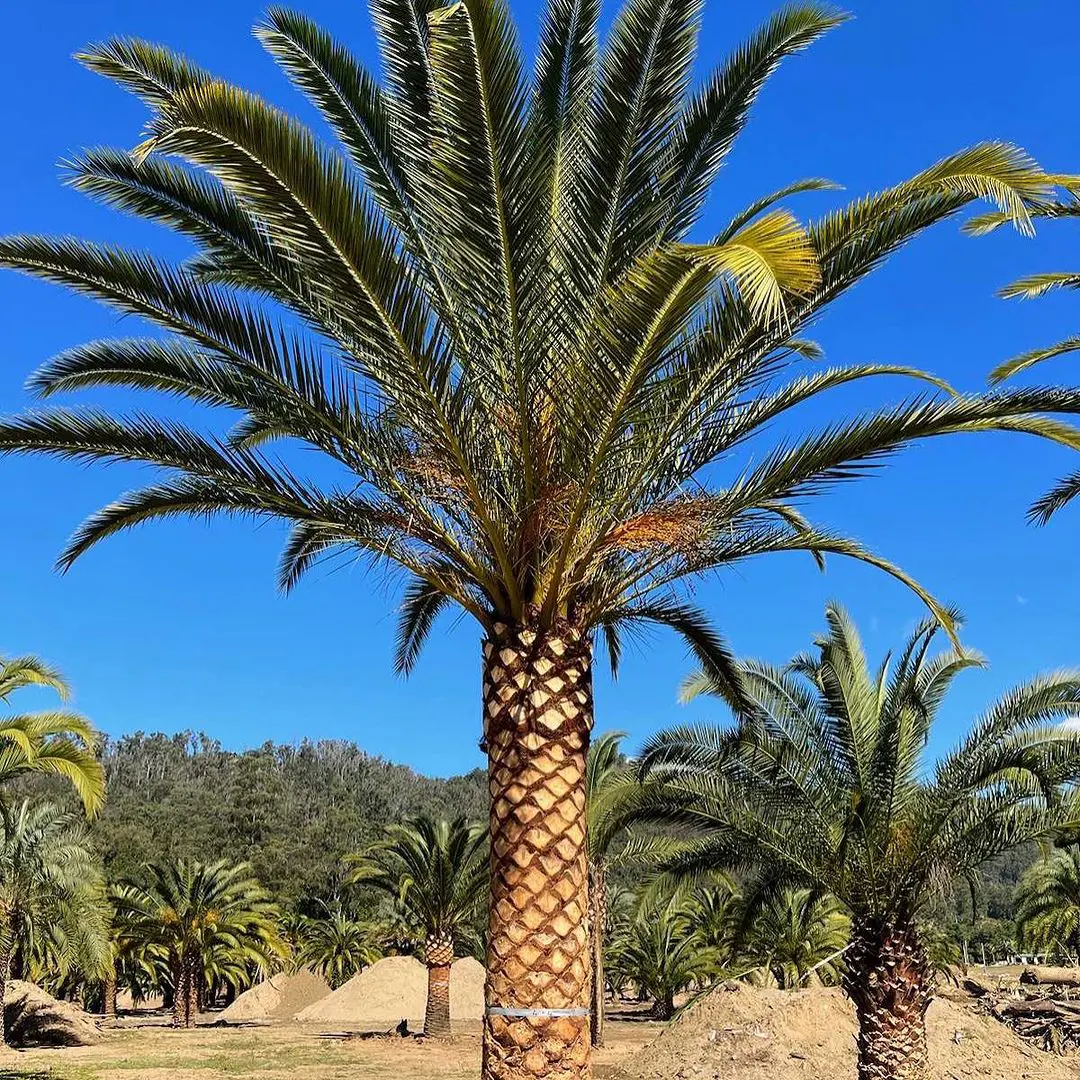
Date Palm vs. Palm Tree
It's important to distinguish between date palms and other types of palm trees. While all date palms are palm trees, not all palm trees produce edible dates. Date palms specifically refer to Phoenix dactylifera, which are cultivated for their fruit.
Other palms, like the coconut palm (Cocos nucifera) or the areca palm (Dypsis lutescens), serve different purposes and have different care requirements.
Harvesting
Timing
Dates are typically ready for harvest in late summer to early fall. The exact timing can vary depending on the variety and local climate.
Method
- Inspecting the Fruit: Dates should be fully mature and slightly soft to the touch.
- Cutting Clusters: Use a sharp knife or pruning shears to cut the entire fruit cluster from the tree.
- Drying: Spread the dates out in a single layer to dry in the sun for a few days to improve their texture and sweetness.
FAQs
How Long Does It Take for a Date Palm to Bear Fruit?
Date palms can take 4-8 years to produce fruit, with optimal yields occurring after 10-15 years.
Can Date Palms Grow in Cold Climates?
Date palms prefer hot, arid climates but can survive in regions with mild winters if provided proper care and protection.
How Tall Do Date Palms Grow?
Date palms can grow up to 100 feet tall, although cultivated varieties typically reach 50-80 feet.
Are Date Palms Self-Pollinating?
No, date palms are dioecious, meaning male and female flowers are on separate plants. Manual pollination is often required for fruit production.
What Pests and Diseases Affect Date Palms?
Date palms can be affected by pests such as spider mites, scale insects, and mealybugs. Diseases include Fusarium wilt and Bayoud disease. Regular inspection and proper care can help prevent infestations and infections.
How Often Should I Water My Date Palm?
Water young date palms regularly to establish the root system. Once established, water deeply but infrequently, allowing the soil to dry out between watering sessions.
More Tips and Tricks
Using Organic Mulch
Organic mulch not only conserves moisture but also adds nutrients to the soil as it decomposes. Consider using wood chips, straw, or grass clippings as mulch.
Regular Monitoring
Regularly check your date palms for signs of pests or diseases. Early detection and treatment can prevent severe damage.
Companion Planting
Planting date palms alongside other drought-tolerant plants can create a more resilient garden ecosystem. Consider plants like rosemary, lavender, and yucca.
Proper Spacing
Give your date palms ample space to grow. Plant them at least 20-30 feet apart to ensure they have enough room for their extensive root systems and wide canopy.
Seasonal Care
Adjust your care routine based on the season. Reduce watering in the winter when the tree is dormant and increase it during the hot summer months.
Using Dates
Once harvested, dates can be used in a variety of culinary applications. Enjoy them fresh, dried, or incorporated into recipes for both sweet and savory dishes.
Sustainability
Growing your own dates can be a sustainable way to enjoy this delicious fruit. It reduces the need for transportation and packaging associated with store-bought dates.
Patience and Persistence
Growing date palms requires patience and persistence. The rewards, however, are well worth the effort, providing you with a beautiful tree and a bountiful harvest of sweet, nutritious fruit.
By following these guidelines and tips, you can successfully grow dates in your garden, enjoying both the aesthetic appeal of the palm and the delicious fruits it produces. Happy gardening!
